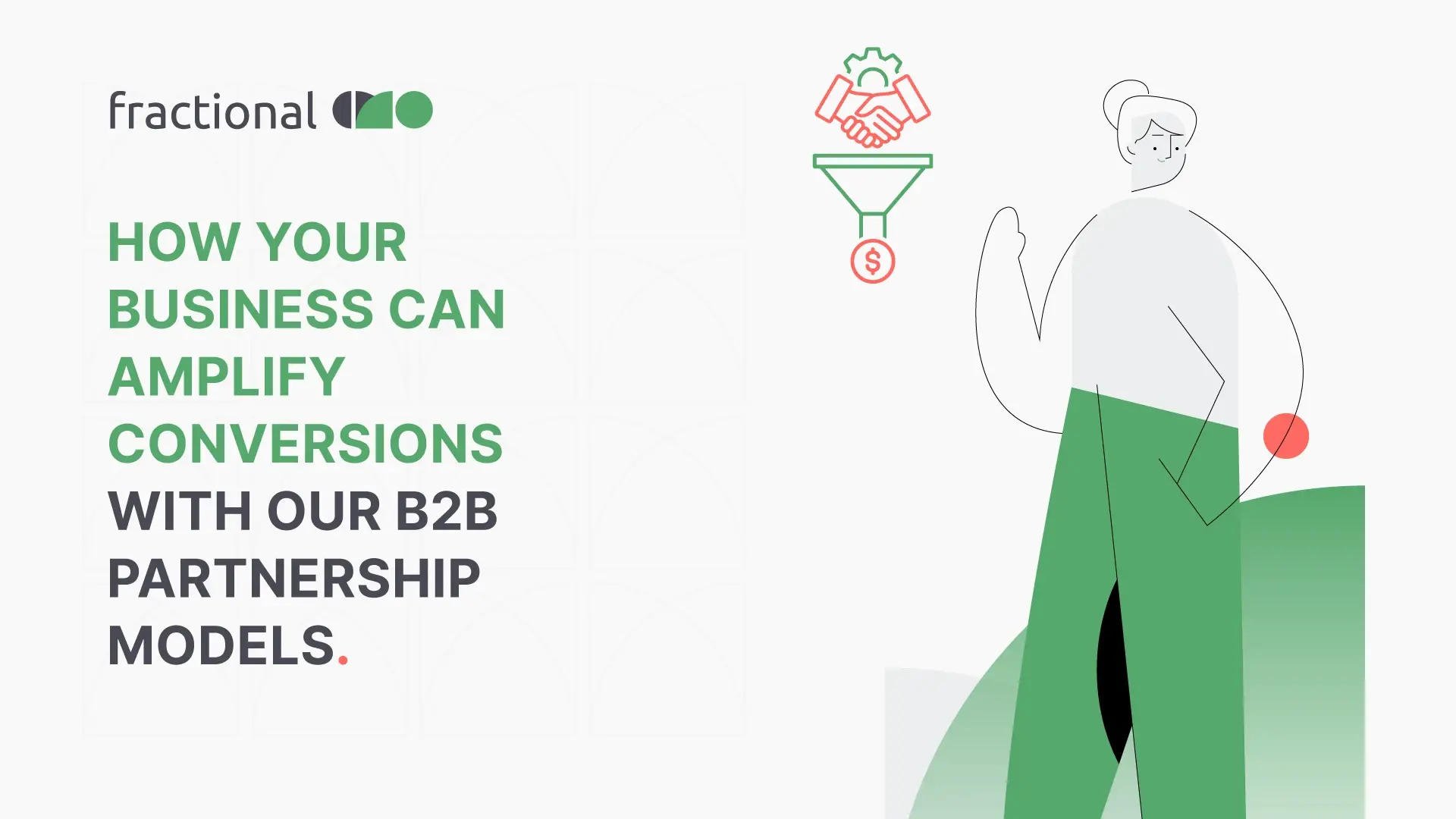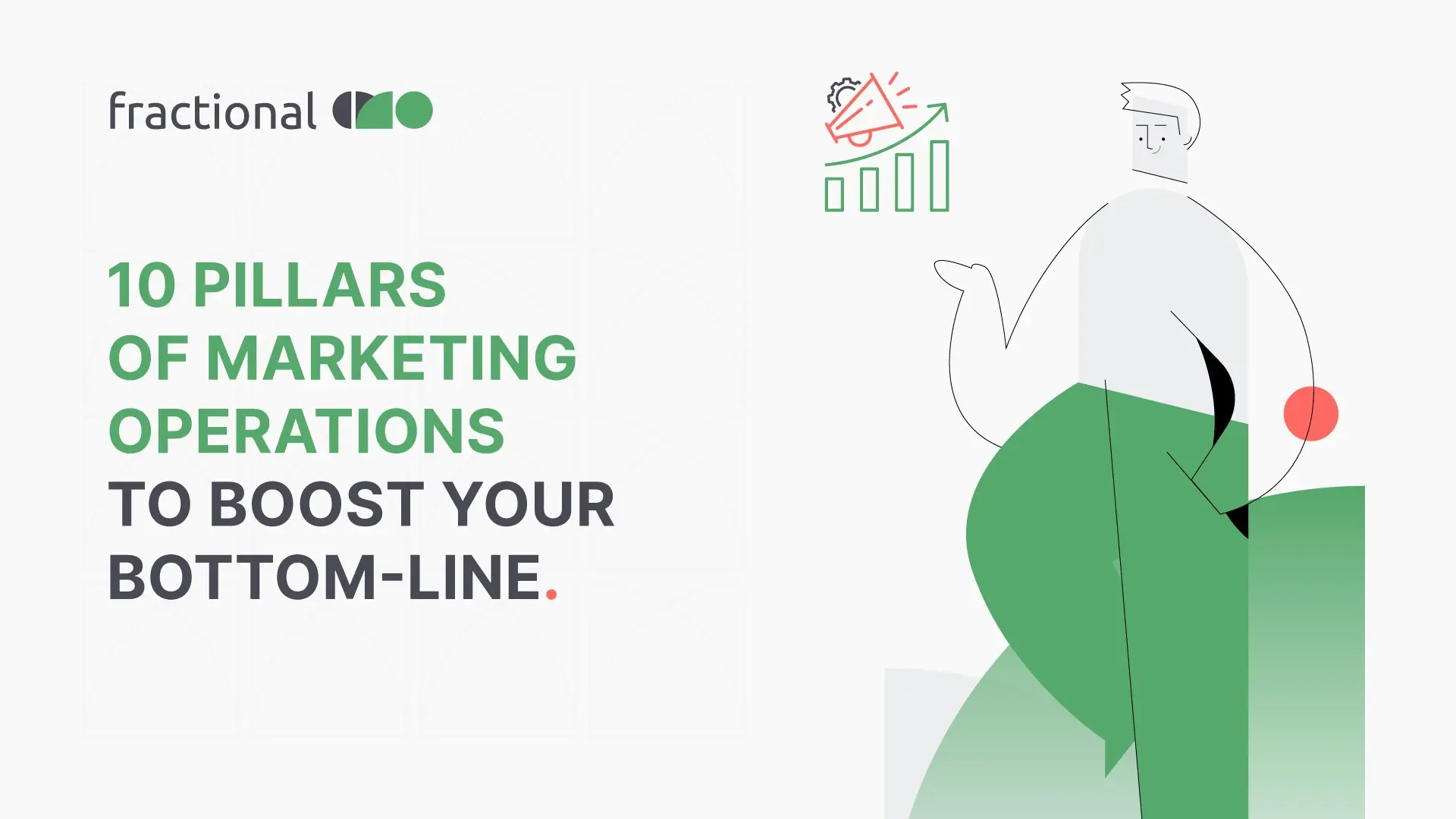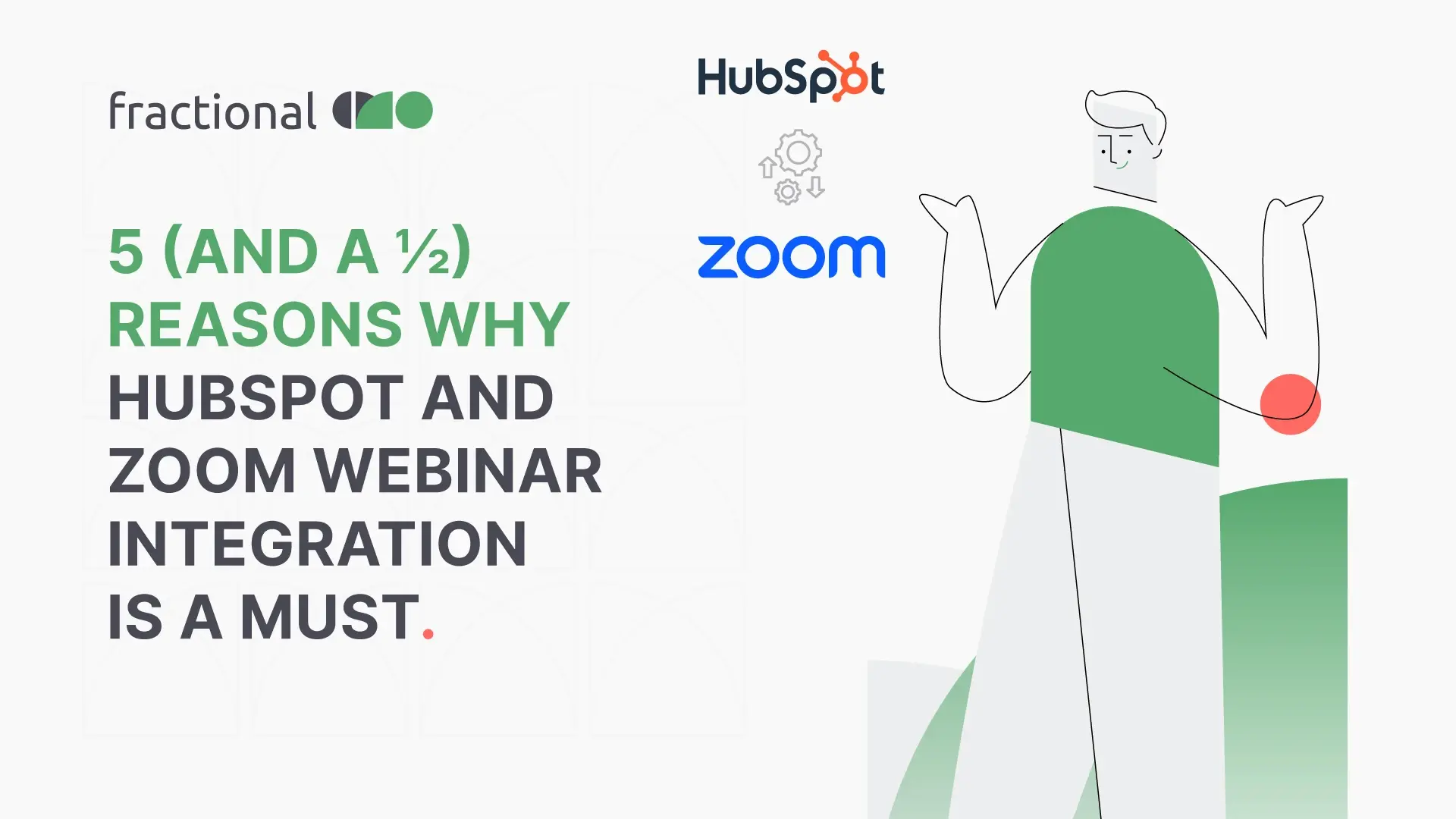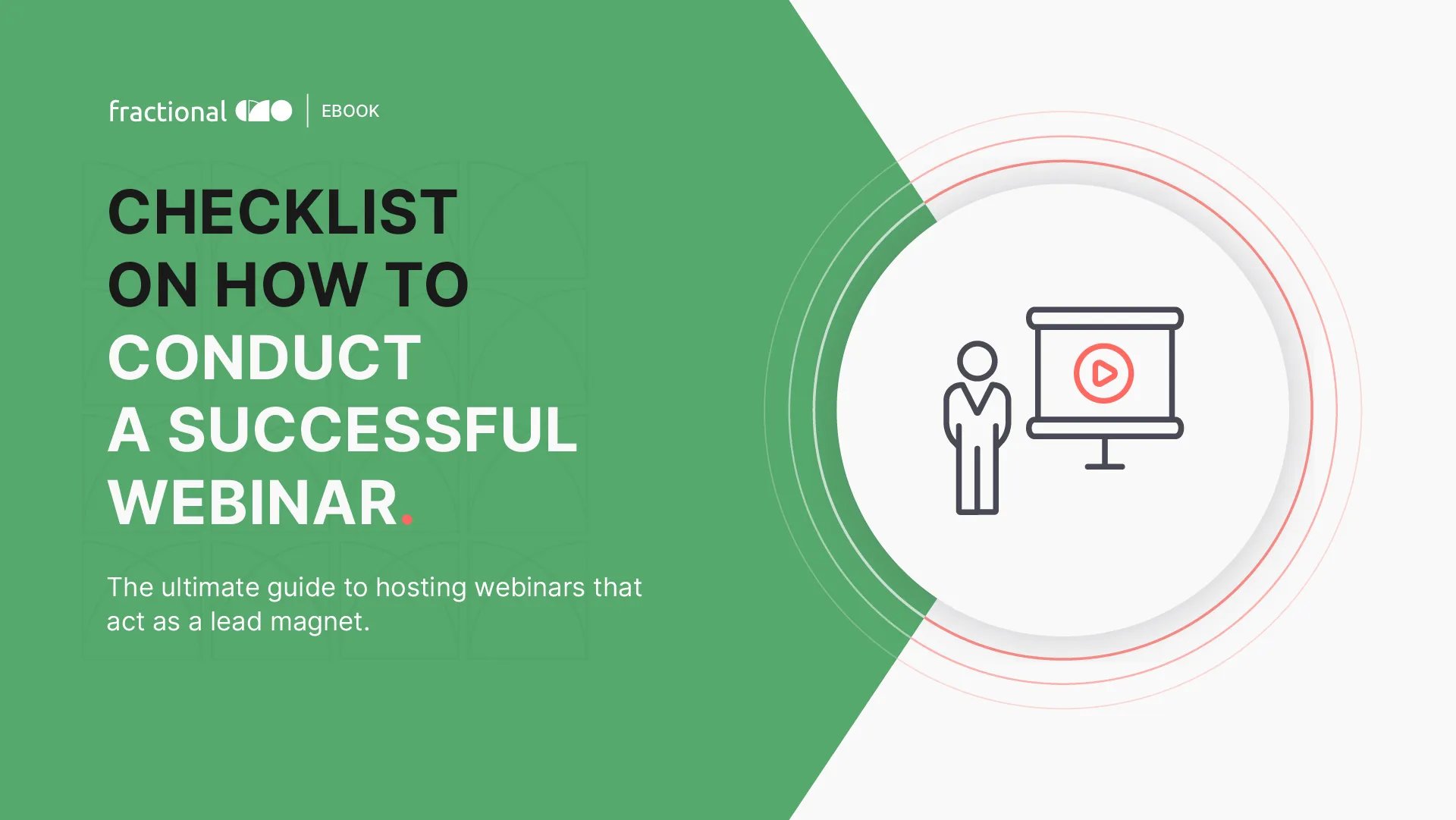How to map your content to every stage of buyer's journey In 2021
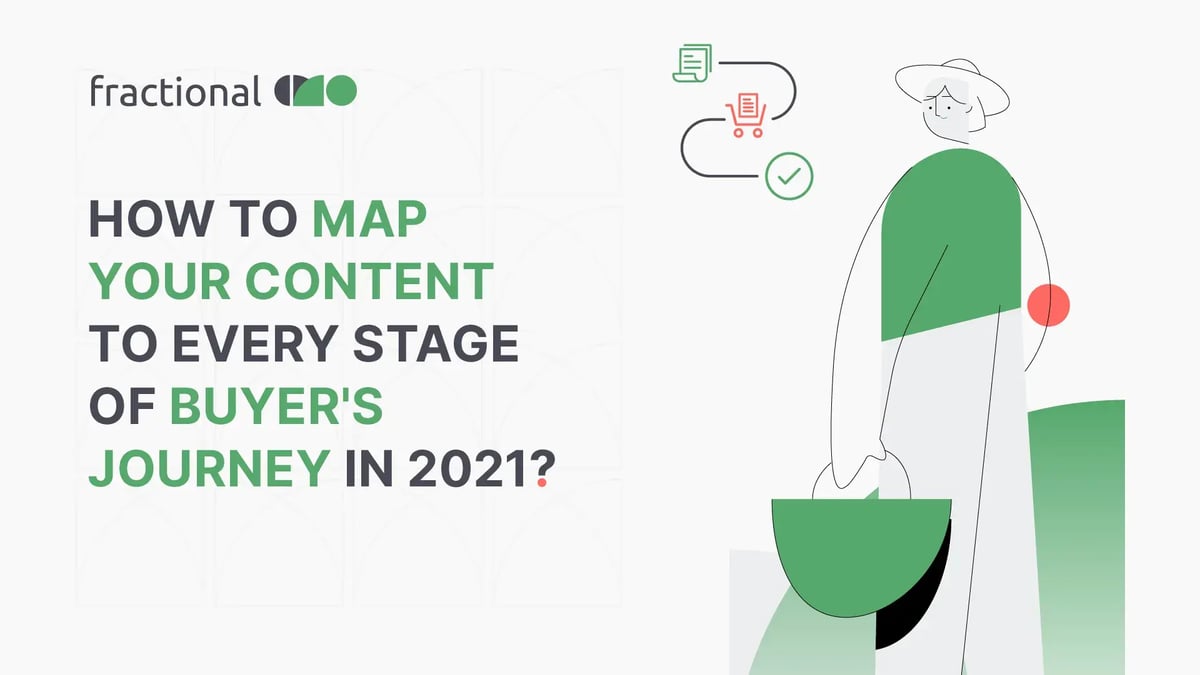
Imagine a situation where you wish to purchase a smartphone. You are open to buying one from any brand, provided your specifications are met and the product falls within your budget.
Chances are that you’d head to the Internet, carry out a few Google searches, and zero down on some models. Next, you will compare these models and finally make a choice based on the information that was provided to you online.
This straightforward example reflects the three stages in any buyer’s journey – Awareness, Consideration, and Decision. And, whether you wish to purchase a smartphone or a cybersecurity solution, these steps generally remain the same – which is why it is important for marketers to understand their customers’ journey and target them accordingly to nudge them to the next stage of the funnel.
The buyer’s journey in marketing
As we have already mentioned, a person goes through distinct stages in the buying process before becoming a customer. These stages – starting from discovering your solution (probably from your website) to reading your newsletter to speaking to your sales rep to signing up for a demo and finally deciding whether to buy from you – are often represented as a funnel, also called the sales funnel in marketing operations.
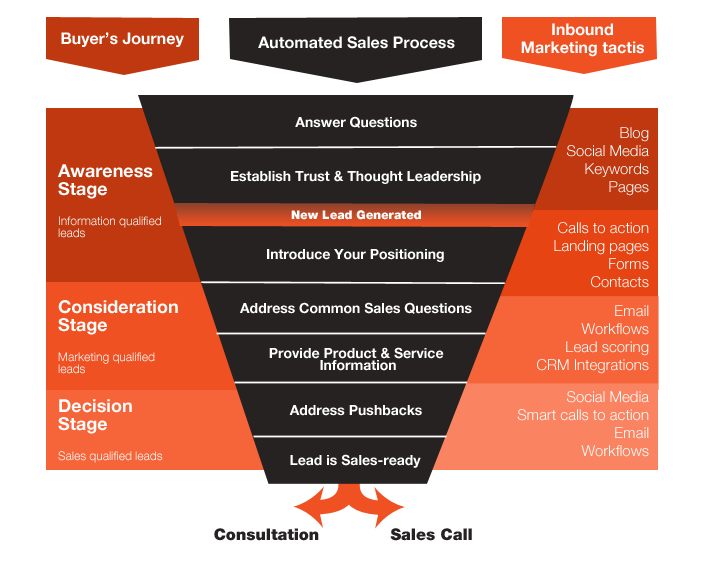
Source: Business 2 Community
Now, this sales funnel, when looked at from the point of view of the buyer, can be used to inform the various stages in the buyer’s journey – Awareness, Consideration, and Decision.
It is also a fact that different customers are at different points in their journey at any given time, which makes it the marketer’s job to provide all these individuals at different stages with the exact content they need to move them along the funnel toward making a purchase.
Content marketing and customer disconnect
Today, 91% of companies use content marketing to drive their business goals. Yet, 45% of marketers cite trouble in developing content that resonates with their target audience. But why does that happen?
One of the prime reasons for an underperforming marketing strategy, even in Marketing Automation, is a lack of understanding of the target audience.
Simply put, when you don’t understand your audience well, you end up publishing content that your readers don’t connect with, leading to a disconnect between your business and your target market.
Therefore, even before you devise your inbound marketing plan, it is essential to understand your audience, and specifically:
- What Do they think?
- What are their pain points?
- What solutions are they looking for?
- What route would they take to discover a solution for their problem?
Once you have these answers, you can create a content strategy that is mapped to the various stages of your buyer’s journey by following the tips outlined below.
Map your content for every stage of the buyer’s journey.
The buyer’s journey can be defined as the research process an individual goes through while purchasing a product or service. Of course, the buyer’s journey may look different for different businesses, but the stages in the journey remain the same, and understanding these stages in the context of your business goals and target audience will help you improve the efficiency of your content marketing tools significantly.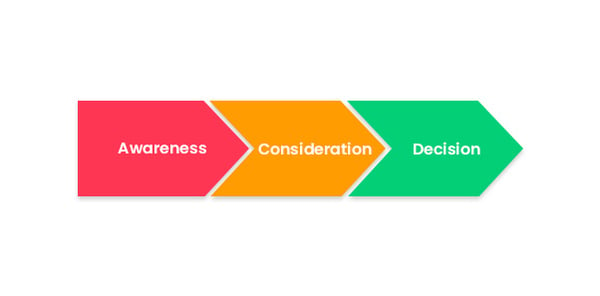
Awareness
This is the first stage of a buyer’s journey.
Here, the buyer is trying to:
- Identify the challenges and opportunities
- Mulling whether the identified challenge or opportunity should be a priority
People in this stage are not ready to buy. Rather, they are trying to identify their issue and define it properly to search for a solution.
For example, if your phone hangs each time you receive a call, you may wonder whether you should clear some space on your phone or purchase another. Or, if your website is not generating enough traffic, at this stage, you want to evaluate the reasons it is not generating traffic.
So, the solution you are looking for at the top of the funnel is research-backed, informative content that focuses on your pain points (or symptoms) to help you identify your problem so that you can try to resolve it.
Best-performing content for the Awareness stage
Content in the awareness stage should be informative. It should aim to educate, define, and clarify your customers’ pain points to help them understand their problem and move to the next stage, which is searching for a solution.
- Blog posts: Describe a problem and highlight multiple approaches to solve that problem.
- Long-form content: E-books and guides provide a lot of value to your customers without putting any sales pressure on them. You can provide industry benchmarks and reports as part of your long-form content to help customers identify their issues or realize how and why they are underperforming and set them on the quest to find a solution.
- Infographics and listicles: These can be useful in breaking down boring or difficult topics into easily digestible visual information that is simpler to understand and retain.
Besides creating informative content, avoid talking about your company, product, or service, except toward the end or in the call to action. Remember, your reader is just beginning on his or her problem-solving journey and is not looking for specific solutions at the moment.
What type of content works for the Awareness Stage?
- Blog posts
- Social media posts
- Ebooks
- Videos
- Podcasts
- Infographics
Tip – Use words like issues, resolve, troubleshoot, optimize, upgrade, prevent, risks, etc. to capture the attention of buyers at this stage.
Consideration
The consideration stage or the middle of your funnel is the stage where buyers have identified a problem and need help in discovering the best solution. Thus, while we use the top of the funnel for educating a prospect, this middle part is where you want to show why your product or service is a suitable fit or not.
In our opinion, this stage is also the most important and complex, as this is where you build customer relations and trust.
Before you curate content for this stage, ask yourself the following questions:
- What types of solutions will buyers investigate?
- How do buyers educate themselves about these solutions?
- What are the pros and cons of each of these solutions and how are these perceived by your targeted audience?
- What is the basis for choosing the right solution for a buyer?
The next step is to create in-depth content around the answers you introspected above, while subtly positioning your product or service as the best option.
Best-performing content for the Consideration stage
- Checklists: describe your product and how it works besides providing a comparison of different options and other comparative assessments.
- Visual content: Charts, graphs, and webinars that explicitly list the reasons why your product is right for your customers. You can conduct surveys and use figures from your past work to create such content.
- Tools: Tools like Digital Calculators provide personalized results to customers and instantly show your product’s value.
- Industry reports: Based on original research that brings your company’s industry expertise to the fore
- Case studies: Show how you added value to particularly tricky use cases of clients.
Once again, remember not to overly promote your product or service but use data and figures to subtly position your solution as the best for your audience. You may use words such as service, solution, supplier, tool, device, and software in your landing pages, titles, and CTA buttons for higher engagement.
What type of content works for the Consideration Stage?
- Whitepapers
- Case studies
- Email courses
- Reports
- Templates and toolkits
- Quizzes and assessments
- Guides
- Resource lists
- Webinars
Decision
A buyer at this stage (the end of the funnel) has most probably settled on a specific approach and is short-listing vendors to purchase from. As a marketer, your goal here is to help the customer narrow down that list and make a purchase decision, preferably in your favour.
Obviously, this is the stage where you openly promote your product or service and show why your solution is best suited for the buyer. However, refrain from making baseless claims like “We make the best smartphones in the world.” Rather, write data-backed content like “9 out of 10 customers love our smartphones and wish to buy from us again.”
To break it down, the aim of your content at this stage is to persuade buyers to choose your solution over the competition.
You can achieve this by:
- Showcasing the merits of your solution
- Providing evidence of how your solution helped others in a similar situation
Best-performing content for the Decision stage
- Case studies and testimonials: These should preferably be in video format and come directly from the clients.
- Instructional videos: Tutorials and webinars that demonstrate the utility of your product.
- Free demos: Trial versions that allow users to experience your product or service and realize its benefits.
What type of content works for the Decision Stage?
- Detailed specifications
- Consultations
- Demos
- Competitive comparisons
- Customer stories
- Testimonials
- Promo codes and discounts
- Free trails
Where to Start?
Now that you know more about mapping content to your buyer’s journey, the next big question is where to start.
A practical starting point is carrying out an audit of your existing content to:
- Reveal any gaps in your content marketing strategy
- Optimize content according to the stage it belongs
You can achieve this by listing your existing content in a spreadsheet and the stage that each piece corresponds to. This simple exercise will tell you where you lack and help you create actionable goals for the future to improve your content marketing ROI. If you need more insights or professional help in optimizing your content strategy, get in touch with us and we’d be glad to assist you.



